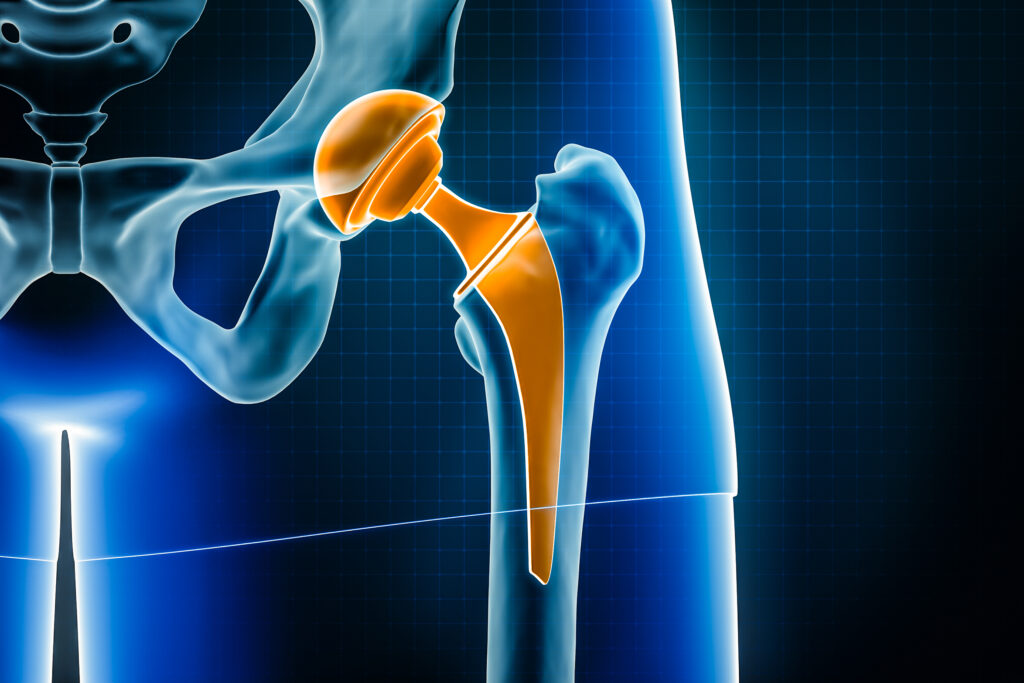Athletes accustomed to endurance challenges understand that the nuances of performance often lie beyond just training volume and intensity. Consider Sarah, a 68-year-old who embraced a journey to regain her physical capabilities after total hip arthroplasty. Her experience underlines the importance of tailoring post-operative rehabilitation to enhance not just mobility but overall function and quality of life. This approach can inform endurance athletes, especially as they manage the complex intricacies involved in training or racing under demanding conditions.
After undergoing a significant surgical procedure, Sarah didn’t merely want to navigate a checklist of rehab milestones; she desired to feel competent and capable once more. For endurance athletes, this parallels the need for a well-structured approach that considers not only the physical demands of training but also strategic nutrition, hydration, and recovery practices that facilitate optimal performance outcomes. Understanding one’s body and its recovery signals becomes critical, particularly after any form of significant physical stress, whether through surgery, injury, or extreme endurance events.
Taking Sarah’s journey as an example, let’s explore how lessons from her rehabilitation can translate to principles in endurance sports. Initially, the focus was on gentle, low-intensity movements tailored to what felt manageable, paralleling how athletes might consider their fueling strategy post-training. Athletes often think about carbohydrate timing and protein intake, yet it’s essential to emphasize the gradual reintroduction of nutrition strategies, akin to Sarah’s cautious reopening of her movement repertoire. This is about reacquainting the body with its needs—much like ensuring gut tolerance for particular fuels that can handle both high intensity and extended durations.
As Sarah progressed in her recovery, she hit a plateau at two months, which is common in endurance training as well. Here, the integration of strength and power was crucial. This is similarly true for athletes who must peak not only in endurance but also in explosive movements that demand power. The tactical application of progressive overload in training can lead to sustained adaptations when it comes to performance. Realizing that speed matters—especially for preventing injuries and enhancing functional independence—can help an endurance athlete reconsider how they train specific systems. Rather than relying solely on steady-state efforts, integrating faster intervals or power-based drills could significantly improve both metabolic efficiency and overall racing prowess.
Moreover, as Sarah navigated her renewal, she embraced activities that once seemed daunting. Athletes, too, can benefit from mindful movement within their regimens. Many seasoned competitors have experienced injuries or setbacks, necessitating a reconceptualization of their physical capacities. Viewing recovery not as a downtime but as a chance to refine technique or experiment with new modalities opens potential pathways for performance.
Hydration and supplements play a similar role in endurance disciplines. Just as Sarah was steered towards confidence in her movements, athletes must cultivate awareness surrounding their hydration strategies and nutritional supplementation. Understanding the optimal timing of electrolyte replenishment in relation to exertion can make a significant difference in performance outcomes, particularly in hot or humid environments where dehydration poses a risk to sustaining endurance performance. Adopting this proactive approach can shift the focus from mere survival during races to thriving by maintaining hydration and nutrient levels.
In terms of recovery, Sarah taught us that consistency often matters more than frequency. Much like a long training cycle, her gradual approach to rehab created space for the body to adapt meaningfully. For athletes, this emphasizes the necessity of rest and recovery. Advanced endurance athletes often overlook how crucial recovery phases can be for improving long-term performance. Utilizing techniques such as structured recovery periods post-races or intense blocks of training, while strategically scheduling nutrition and hydration interventions, will yield better results than persisting through fatigue.
Ultimately, the most significant takeaway from Sarah’s story for endurance athletes is to prioritize a holistic view of their training and recovery. This involves recognizing that every aspect of performance—fueling strategies, hydration, metabolic efficiency, and recovery practices—is interconnected and can substantially impact outcomes. When training, consider how the recovery environment, nutritional timing, and the gradual progression of intensity can influence overall performance. The meticulous management of body signals, not merely chasing metrics, should guide training choices. By broadly applying Sarah’s lessons, athletes can cultivate a more resilient approach to their performance, enhancing their ability to adapt and thrive in challenging conditions.
